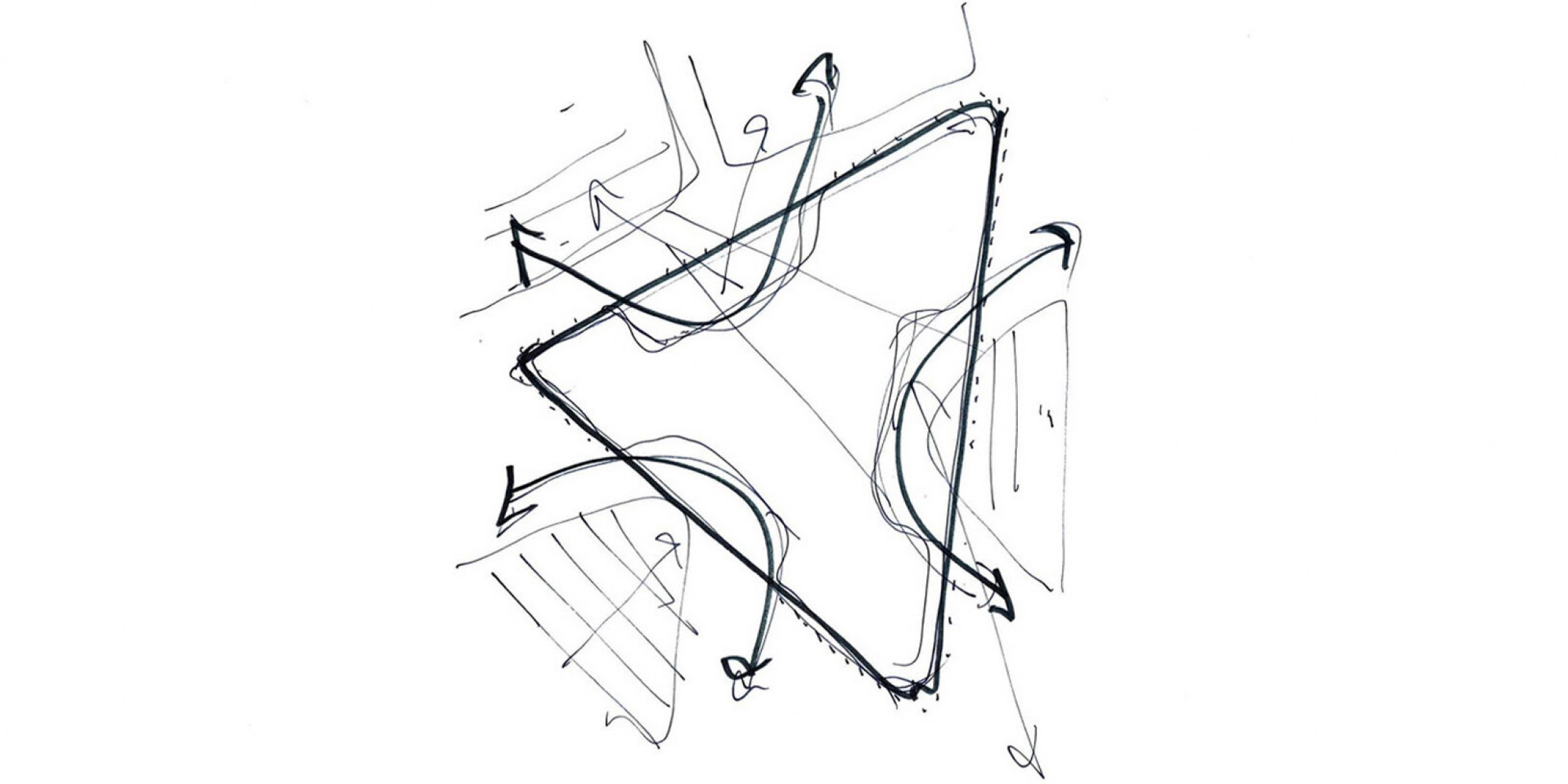The architects positioned the library as close to the street as possible, in order to solidify the building’s presence with the street, preserve the site’s natural topography and irrigation patterns, and channel interior views towards the ravine. This siting also maximized room in the rear for a neighbourood park, and a parking and drop-off sequence with a canopied entry forecourt.
Brampton is the 2nd fastest growing city in Canada among Canada’s 25 largest cities. The population is incredibly multicultural, representing people from more than 175 distinct ethnic backgrounds, speaking over 70 different languages.
Project description by RDHA
In the City of Brampton, about 45 minutes west of Toronto, the Springdale Library and Komagata Maru Park provides the suburban community with a new public library and community park. RDHA’s goal was to create an inclusive gathering place, a counterpoint to the otherwise flat suburban area, and a point of pride for the city.
The project site was physically constrained, framed by a commercial plaza to the east, a main road to the south, and a natural ravine to the north and west. The architects positioned the library as close to the street as possible, in order to solidify the building’s presence with the street, preserve the site’s natural topography and irrigation patterns, and channel interior views towards the ravine. This siting also maximized room in the rear for a neighbourood park, and a parking and drop-off sequence with a canopied entry forecourt.
RDHA designed a project that would be as much about a building as it is about establishing a landscape: from the organically shaped perimeter that joins building and courtyards; and the creation of an undulating topography between the fluidly shaped ceiling and mountainous green roof; and the sloping floor slab of the interior and the flat landscape of the park. The park is comprised of a series of terraced contemplative gardens for older users as well as a splashpad and childrens’ play area organized around the word “Imagine.” The five-metre-high letters are oriented in both horizontal and vertical planes and become an interactive feature for the children to discover.
The interior program is comprised of 20,000 square feet of library program space, combined with a 5,000 square foot community multi-purpose room. Each element of the library, detailed in scope, highlights RDHA’s practice of applying conventional budgets and materials to design unconventional buildings. For example, Springdale’s oculi, fashioned from perforated drywall fixed to off-the-shelf framing components, temper the noise levels and the way that light spreads within the library, to inspire a sense of awe and wonder — and an unusual sense of shelter and togetherness.
RDHA Design Principal Tyler Sharp collaborated with Brady Peters, a generative design specialist at the University of Toronto, to create a solar-responsive ceramic frit pattern on the building’s windows. Its striated patterns range from white to dark gray expanding and contracting based on solar orientations, while also visually merging with a series of stainless steel rods that add an additional layer of solar resistance while supporting the glazed units and forming the courtyard enclosures. These elements are conceived as a functional abstraction of two combined metaphors: the turning pages of a library book and the trunks of trees in a forest.
Expressing inclusivity, innovation, dedication to learning, collaboration, curiosity, courage and accountability the new building reflects the vision of the institution. Seamlessly integrating universal design principals, and targeting a LEED Gold rating, the building demonstrates the highest levels of achievement in both dignity and sustainable design.
The new Springdale branch provides Brampton Library with an emboldened presence and a valuable resource to the Springdale community.






















































